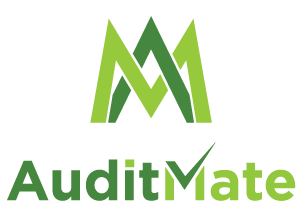Sierra Stonich
Perhaps you’ve recently received an Elevator Modernization (MOD) proposal from your service vendor.
Possibly your equipment is having frequent breakdowns or has been shut down, and the parts to repair are obsolete, or soon will be.
Or maybe, your equipment has simply reached the end of its life expectancy.
The bottom line is you are facing an expensive, time-consuming, inconvenient, and confusing capital project and it’s overwhelming! Where should you start?
If you are lucky, you’ll have time to plan for this repair so that budget allocations can be made, parts can be ordered early (MOD projects can have especially long lead-times for parts), and tenants and residents can be notified in advance of the unit(s) being out of service during the project. If you already have a unit down, and MOD is the best or only option for your equipment, you may need to move quickly. In either case, there are several key components to an elevator MOD project that are unique to elevators, and the project scope is more dynamic than many other construction projects.
The most important factors of a MOD project include:
- Requests for Proposals and comparing vendor bids
- Understanding project cost, scope, and duration (including Work-by-Others)
- Obtaining the best equipment application for your facility
- Understanding that your MOD project will require systems to be brought up to code (including fire suppression, electric, elevator, HVAC, and general building codes).
Some of the most difficult aspects of initiating the MOD include comparing vendor bids and ensuring the correct equipment application for your facility. Because every vendor has their own modernization products and quote formats, it can be challenging to ensure that you are receiving apples-to-apples comparisons. While by definition, a modernization involves replacing the elevator controller and upgrading the elevator to the current code, there is quite a lot of flexibility that can go into the final scope. As a result, it is important to do a line-item comparison of the different scopes. For example, is the door operator being retained with no changes, upgraded with a kit, or completely replaced? These differences will affect the cost, the equipment performance, and your satisfaction after the project is complete, and when you next will need to consider upgrading the door operator.
Do your vendor bids include the Work-by-Others, which is building work required to support and prepare for the MOD installation? What special features do the vendors include? And what warranty and service terms can you expect once the MOD is completed? Often the easiest way to make the best comparison is to create a spreadsheet to compare these differences and asking your vendors to provide clarifications as needed.
Another area where elevator owners can struggle is with managing the flow of the project, ensuring all Work-by-Others tasks are completed in time for the installation to keep the project on task. This takes diligent planning and coordination at the project outset to prevent any costly delays. Your local inspectors may be a good resource for code and compliance questions.
While Elevator Modernization projects are indeed manageable, they are time-consuming for the customer and there are plenty of opportunities for unexpected problems and costs to arise.
Let AuditMate cut through the confusion! We offer many elevator modernization consulting services ranging from assessing your project and equipment needs, conducting an RFP, reviewing the bids to highlight the features, and to ensure you procure the best scope and pricing and managing your MOD project from initial inspection to your final walk-through. Often, we can negotiate enough savings from your vendor to cover the cost of our services, all while giving you back your time and preventing costly missteps during the project. Call us for your quote today!

